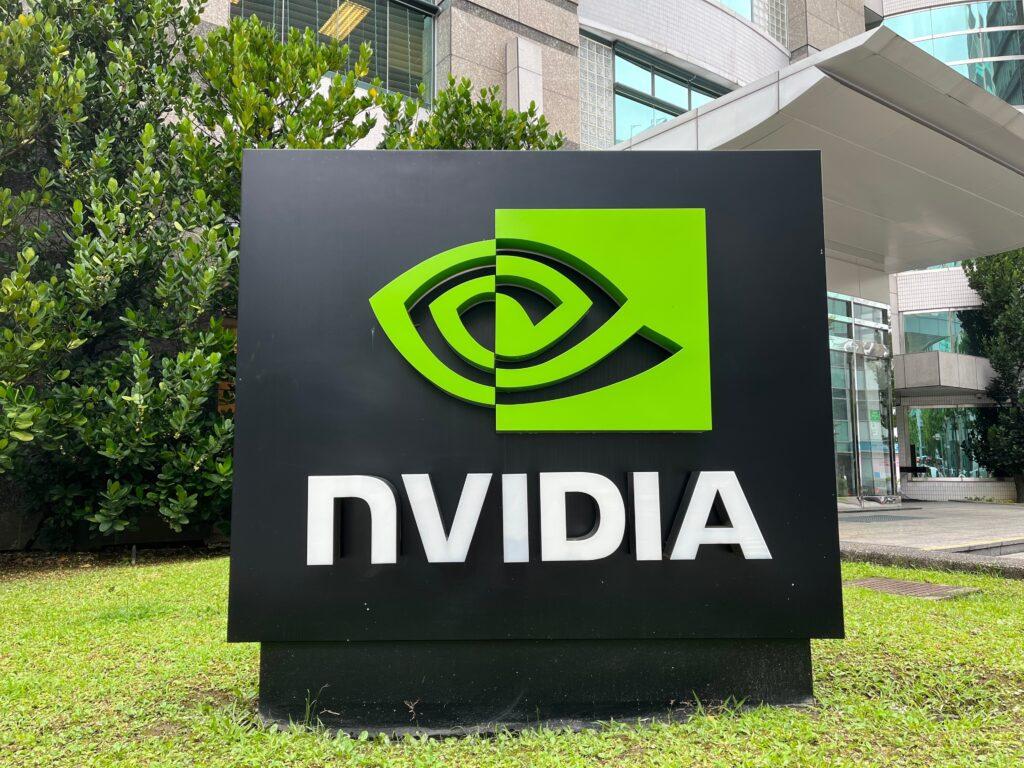Nvidia's Big Earnings Test: ETF Market Braces For $320 Billion Swing That Could Hit QQQ, S&P 500 ETFs
Author: Chandrima Sanyal | November 18, 2025 03:37pm
One stock could be on the verge of sending shockwaves through the ETF universe, and that is Nvidia Corp (NASDAQ:NVDA).
Nvidia’s upcoming earnings on Wednesday might cause a $320 billion shift in its market value, southward or northward, according to Reuters. If this materializes, it will mark the greatest post-earnings move on record for the chipmaker, and ETF investors are bracing themselves.
Options pricing is implying a move of roughly 7% in either direction, according to data from ORATS cited in a Reuters report, a volatility burst that may ripple through the funds most tightly bound to the fate of the AI leader.
Also Read: Nvidia Sneezed, AI ETFs Shivered — Is This The Correction Investors Wanted?
ETFs With The Most To Lose…Or Gain
Nvidia has become the gravitational center of AI-linked ETFs, commanding outsized weightings across semiconductor and megacap-tech funds. Products such as semiconductor ETFs and technology-heavy trackers that load up on Nvidia alongside hyperscalers have effectively become leveraged bets on the company’s quarterly results.
Nvidia's influence extends to some of the most widely traded ETFs, including Invesco QQQ Trust (NASDAQ:QQQ), whose performance is closely tied to megacap tech leadership.
With Nvidia now representing about 8% of the S&P 500, even broad index ETFs like SPDR S&P 500 ETF Trust (NYSE:SPY) and Vanguard S&P 500 ETF (NYSE:VOO) are bracing for impact.
Options-implied volatility is also meaningful for AI-themed ETFs that ride sentiment across the semiconductor supply chain and GPU demand cycle. For these funds, Nvidia’s earnings aren’t just another quarterly update, they are the macro signal.
As Chris Murphy, co-head of derivatives strategy at Susquehanna, put it, “As the anchor of the AI capex trade, its results will help define whether we’re in the next leg of expansion or entering digestion mode.”
That distinction matters for both thematic AI ETFs and semiconductors, because the “signal” Nvidia sends, on demand, margins, supply chain stability, and investment posture, “could shape sentiment across semis, hyperscalers, and AI infrastructure at large,” Murphy said. Even if the stock itself only moves around the options-expected 7%, he added, the narrative could spill over into $10 trillion worth of correlated trades.
ETFs Move At Nvidia’s Whim
Nvidia is not a typical company, and it is unusual for ETF volatility to be tied to a single earnings report. But it sits at the crossroads of an AI training boom, and its dominant GPUs form the hardware backbone of large language models and other AI applications. Any sign of strength or softening has immediate implications for funds concentrated in semiconductors, cloud infrastructure, or AI megacaps.
And this earnings setup could be the biggest yet. Nvidia has averaged a 7.3% post-earnings move over the last 12 quarters, per ORATS. Yet this time, with its valuation near $4.6 trillion, that same percentage swing translates into record-breaking dollar volatility.
A Bruised Tech Tape Watching Closely
Tech stocks have already retreated in recent sessions as investors question whether this year’s AI-fueled rally has overextended itself. Shares of Nvidia, still up about 33% for the year, have fallen around 10% since a record high in late October, pressured further by high-profile investor exits from Peter Thiel‘s hedge fund and SoftBank.
Investors will be parsing Nvidia’s numbers for signs of waning demand, which has been the engine of the market’s gains. For ETFs heavily tilted toward the AI complex, even a subtle shift in tone could shift flow patterns.
Ripple Effects For The S&P 500 Heavyweights
Broad-market ETFs are anything but insulated. "As a major S&P 500 constituent, its results will likely carry broader implications for business investment and AI-related spending trends," said Jason Pride, chief of investment strategy & research at Glenmede, as reported by Reuters.
Given Nvidia’s heft, a blowout quarter or a disappointing one could nudge performance across the biggest index ETFs and influence the market’s stance on AI-linked capital spending.
Read Next:
Photo: Chung-Hao Lee / Shutterstock
Posted In: NVDA QQQ SPY VOO





